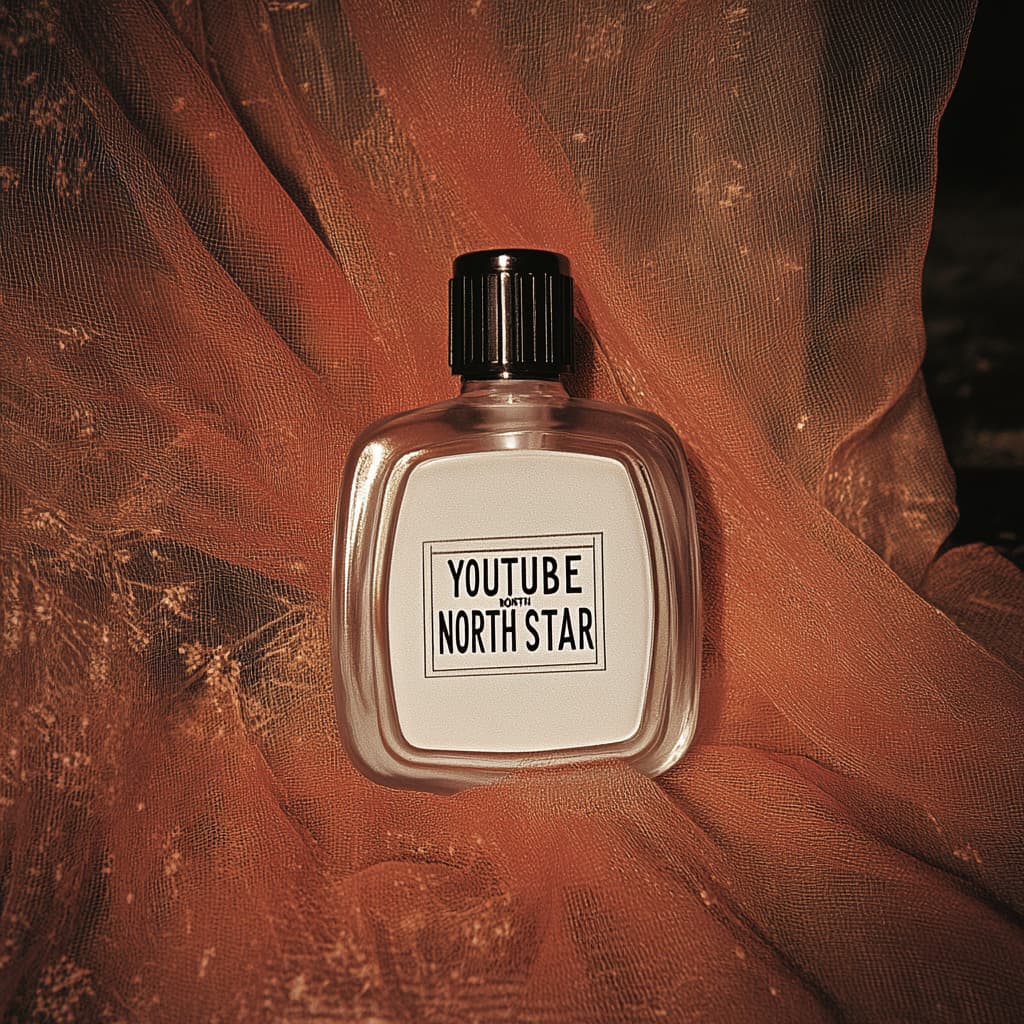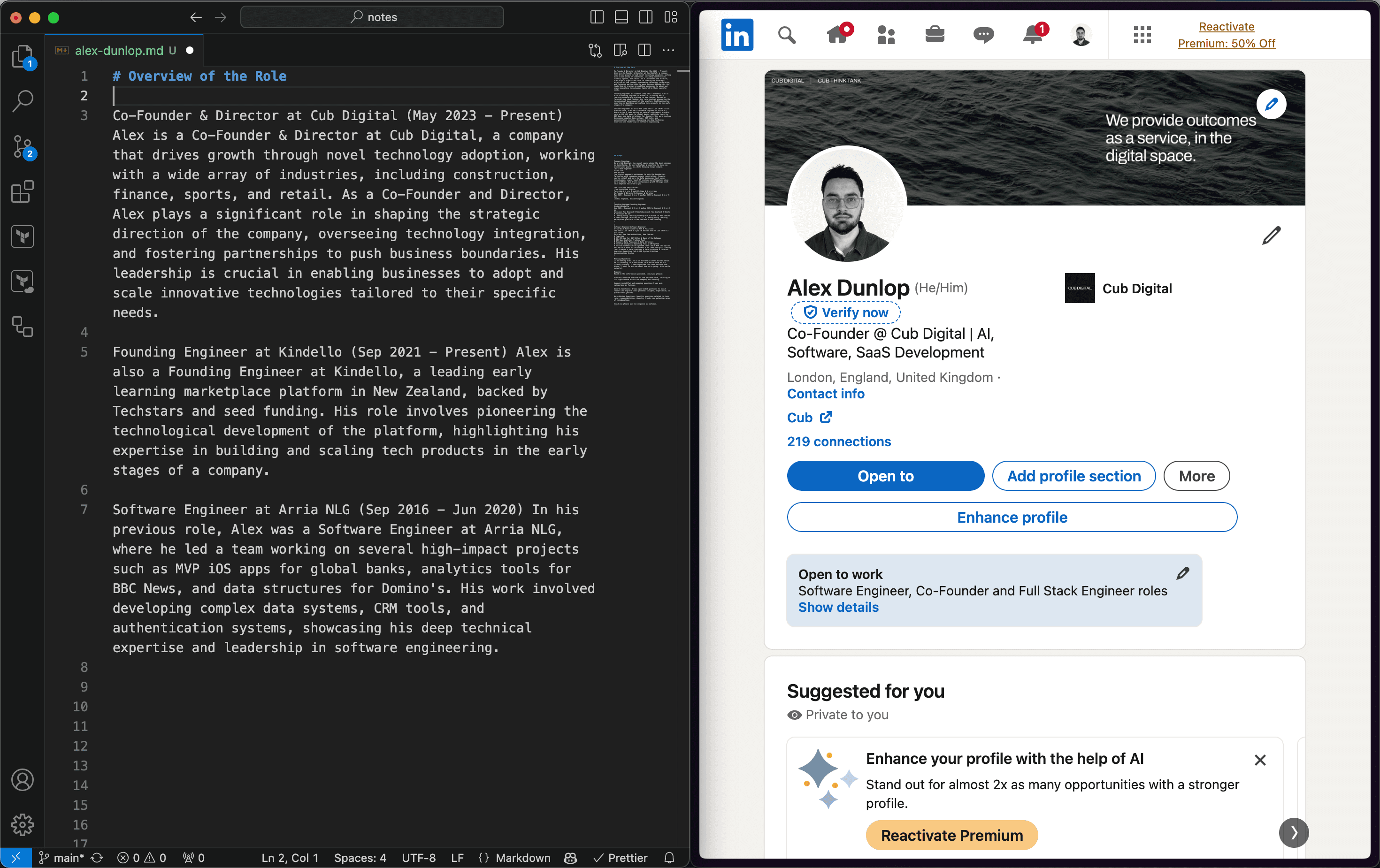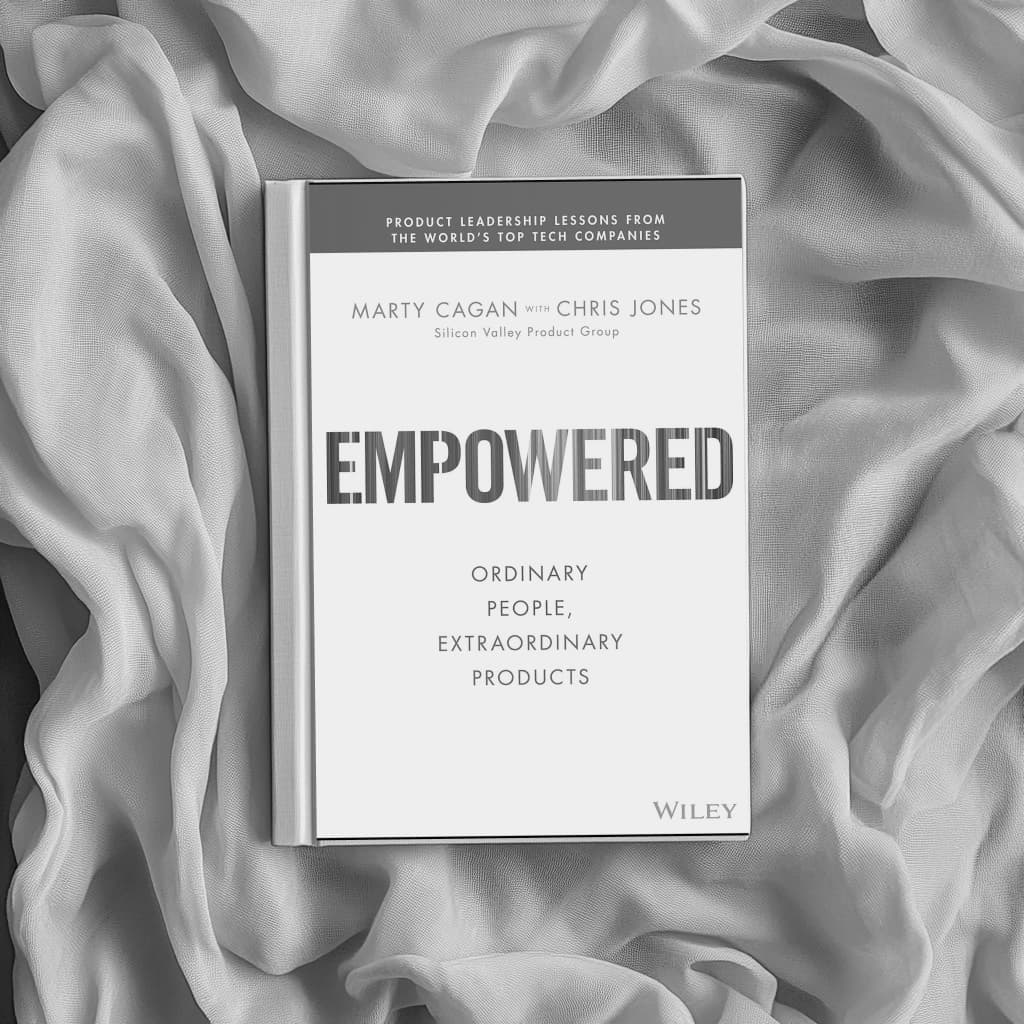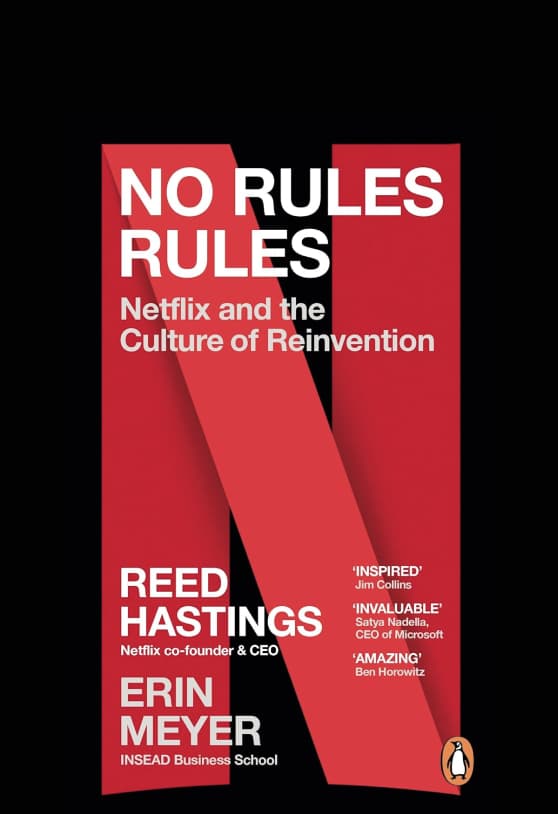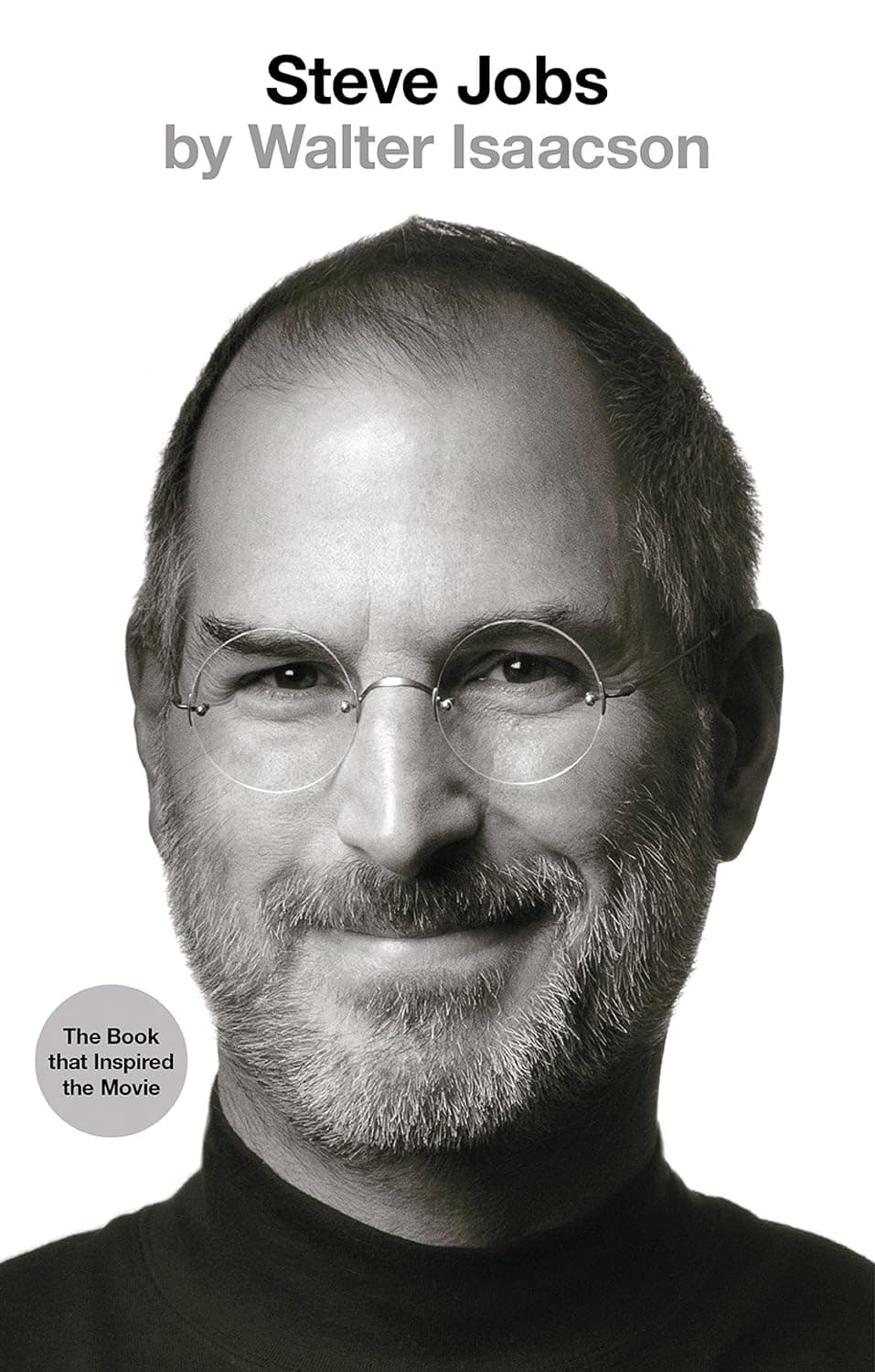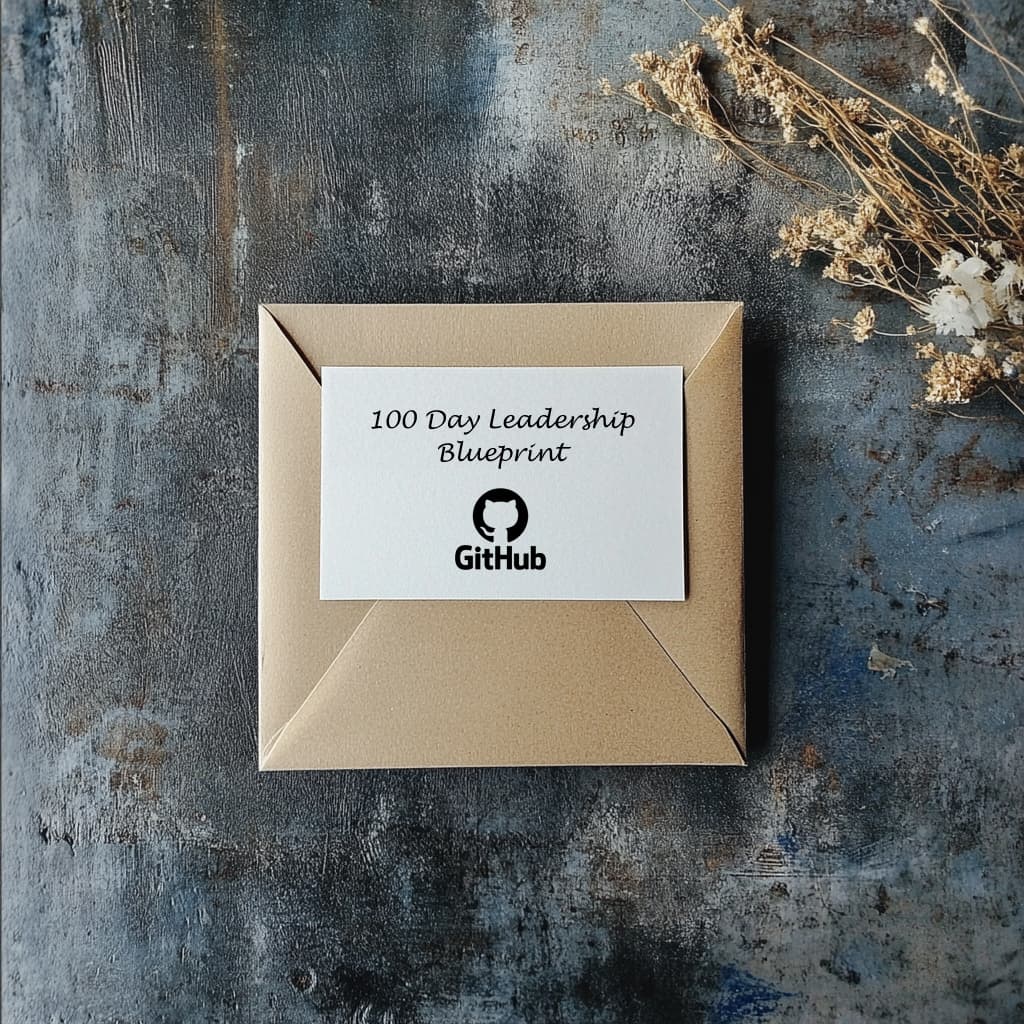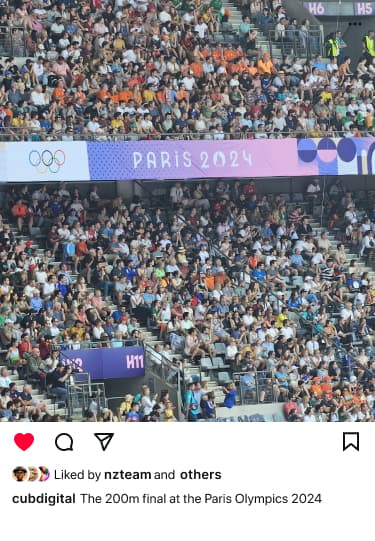Amazon's Secret Weapon: The One-Door vs. Two-Door Decision Framework

GET THE #1 EMAIL FOR EXECUTIVES
Subscribe to get the weekly email newsletter loved by 1000+ executives. It's FREE!

Jeff Bezos and Doors
Jeff Bezos is obsessed with making high-quality decisions. He is also obsessed with doors.
If you've spent any amount of time with Jeff (or watched any of his YouTube videos), you might have heard him talk about the concept of one-door and two-door decisions.
Here is in a 2015 Shareholder Letter:
Some decisions are consequential and irreversible or nearly irreversible – one-way doors – and these decisions must be made methodically, carefully, slowly, with great deliberation and consultation.
If you walk through and don't like what you see on the other side, you can't get back to where you were before. We can call these Type 1 decisions.
But most decisions aren't like that – they are changeable, reversible – they're two-way doors. If you've made a suboptimal Type 2 decision, you don't have to live with the consequences for that long.
You can reopen the door and go back through. Type 2 decisions can and should be made quickly by high judgment individuals or small groups.

-
One-Door Decisions: These are irreversible or nearly irreversible decisions with significant consequences. They require careful consideration and thorough analysis.
-
Two-Door Decisions: These are reversible decisions that can be changed if they don't work out. They can be made quickly with less deliberation.
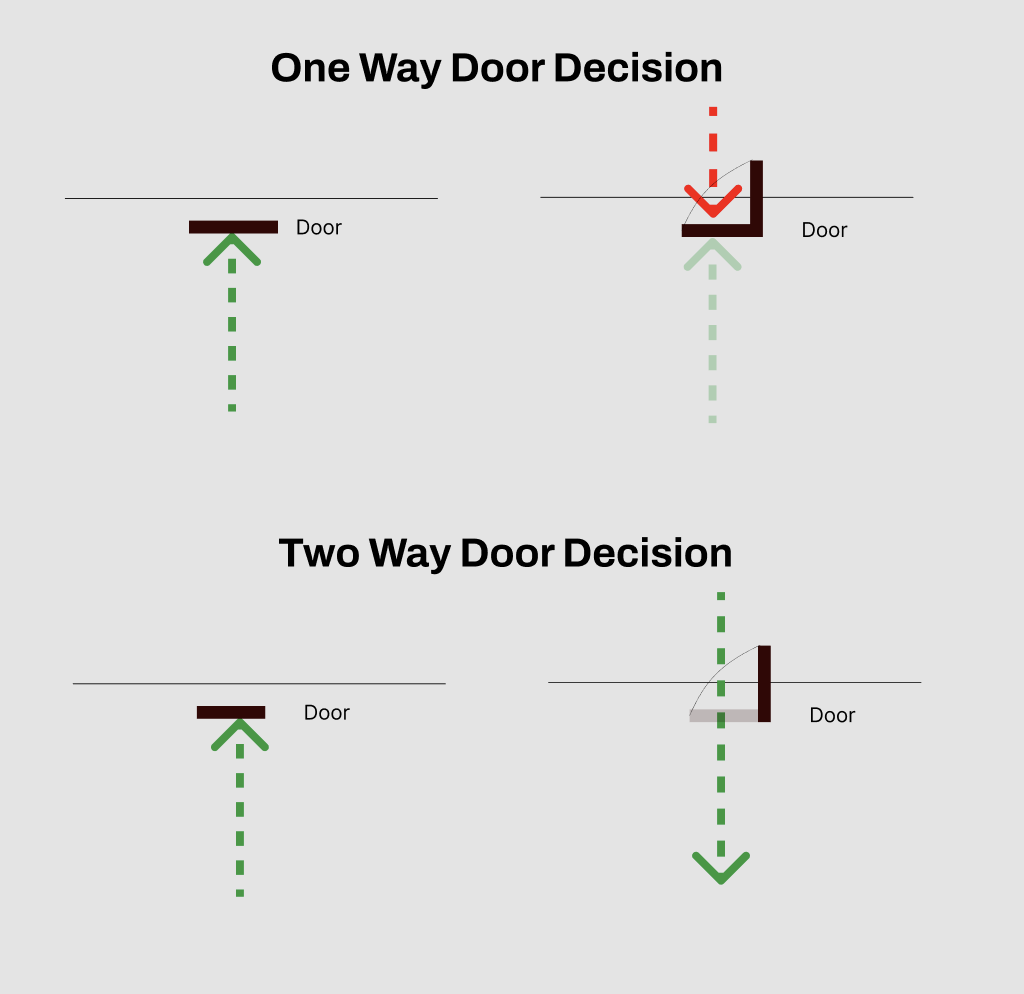
Examples of One-Door and Two-Door Decisions
One Door Decisions
Famous Company Examples:
- Apple: Launching the first iPhone
- Disney: Acquiring Pixar for $7.4 billion
- Amazon: Building AWS from scratch
Small Business Examples:
- Signing a 5-year office lease
- Pivoting your entire business model
- Hiring a C-level executive with significant equity
Two-Door Decisions
Famous Company Examples:
- Google: Launching and shutting down Google+
- Netflix: Testing new show concepts
- Airbnb: Trying out new rental categories
Small Business Examples:
- Trying a new marketing channel
- Offering a trial period for a new service
- Implementing a new project management tool
Examples of Two-Door Decisions that people treat like One-Door Decisions
Selecting a Brand Name when you first start
Many agonise over this, thinking it's set in stone once launched. Reality: Many successful companies have rebranded. Think Backrub to Google, or AuctionWeb to eBay. Treat it as: A two-door decision. Choose well, but know it's not your last chance.
Pricing Strategy
Setting prices can feel like a one-door decision that will make or break your business. Reality: Prices can be adjusted. Many successful companies frequently tweak their pricing. Treat it as: A two-door decision. Start somewhere and be ready to iterate based on market response.
Time Out
You might be thinking - "What is so important about this concept? Isn't it just common sense?"
It is true, but a key point from his letter is that two-door decisions should be made by high-judgment individuals or small groups. This is where the power of the concept lies.
What you tend to find in organisations is that too many people take too long on two-door decisions. That means you are having too many meetings, too many stakeholders, and too much time spent on decisions that don't warrant it.
It's a death by a thousand cuts framework. All of those 15 to 30 minute meeting slots add up to a lot of wasted time.
Applying the Framework to Your Decision-Making Process
Now that we understand the concept, let's explore how we can apply this framework to our own decision-making processes:
1. Identify the Decision Type
When faced with a decision, the first step is to determine whether it's a one-door or two-door decision. Ask yourself:
- Is this decision easily reversible?
- What are the potential long-term consequences?
- How much time and resources would it take to undo this decision?
2. Adjust Your Approach Accordingly
Once you've identified the decision type, tailor your approach:
For One-Door Decisions:
- Take your time and gather all necessary information
- Consult with experts and stakeholders
- Consider multiple scenarios and potential outcomes
- Use decision-making tools like cost-benefit analysis or decision trees
For Two-Door Decisions:
- Make the decision quickly based on available information
- Trust your judgment or that of your team
- Be prepared to iterate and adjust as you go
TLDR: Stop overthinking your LinkedIn profile picture and just pick one. It's a two-door decision.
3. Empower Your Team
Teach your team to recognize the difference between one-door and two-door decisions. This will help them:
- Know when to escalate decisions to higher management
- Feel confident making quick decisions when appropriate
- Understand when to invest more time in analysis and deliberation
4. Create a Decision-Making Framework
Develop a simple framework for your organization that helps categorize decisions. This could include:
- A checklist to determine decision type
- Guidelines for who can make which types of decisions
- Processes for documenting and reviewing decisions
5. Learn and Adapt
After implementing decisions, regardless of type:
- Monitor the outcomes
- Learn from both successes and failures
- Use these insights to refine your decision-making process
By design most people in business are risk-averse, so it would be extremely rare to have people making too many one-door decisions. The real value is in empowering people to make more two-door decisions.
The retrospective can help you identify what those decisions were and how you can empower your team to make more of them.
The Value of the One-Door vs. Two-Door Framework
Now that we've explored how to apply this framework, let's discuss why it's so valuable:
1. Improved Decision Velocity
By quickly identifying which decisions need more time and which can be made rapidly, organizations can increase their overall decision-making speed.
2. Better Resource Allocation
The framework helps allocate time and resources more efficiently. By not over-analyzing reversible decisions, you free up resources for the truly consequential ones.
3. Reduced Decision Paralysis
Many organizations suffer from analysis paralysis, where fear of making the wrong choice leads to inaction. This framework provides a clear path for when to act quickly and when to deliberate, reducing decision paralysis.
4. Empowered Teams
When team members understand this framework, they feel more confident making decisions at their level.
This leads to increased autonomy and faster organizational responses to challenges and opportunities.
5. Balanced Risk-Taking
The framework encourages appropriate risk-taking.
For two-door decisions, it promotes a "fail fast, learn fast" mentality. For one-door decisions, it ensures due diligence is done to mitigate risks.
. Scalable Decision-Making
As organizations grow, decision-making can become a bottleneck.
This framework provides a scalable approach that can be applied across different levels and departments.
Real-World Examples
To illustrate the power of this framework, let's look at a couple of examples from Amazon's history:
- Two-Door Decision: Amazon's early foray into selling toys.
If it didn't work out, they could easily stop and focus on other product categories.
- One-Door Decision: Building Amazon Web Services (AWS).
This required significant investment in infrastructure and represented a major shift in Amazon's business model.
Putting it into Practice
We have made a custom GPT prompt to help you with your decision-making process:
Simply write your decision that you are pondering in the box and then paste it into Chat GPT and let it help you decide if it's a one-door or two-door decision.


